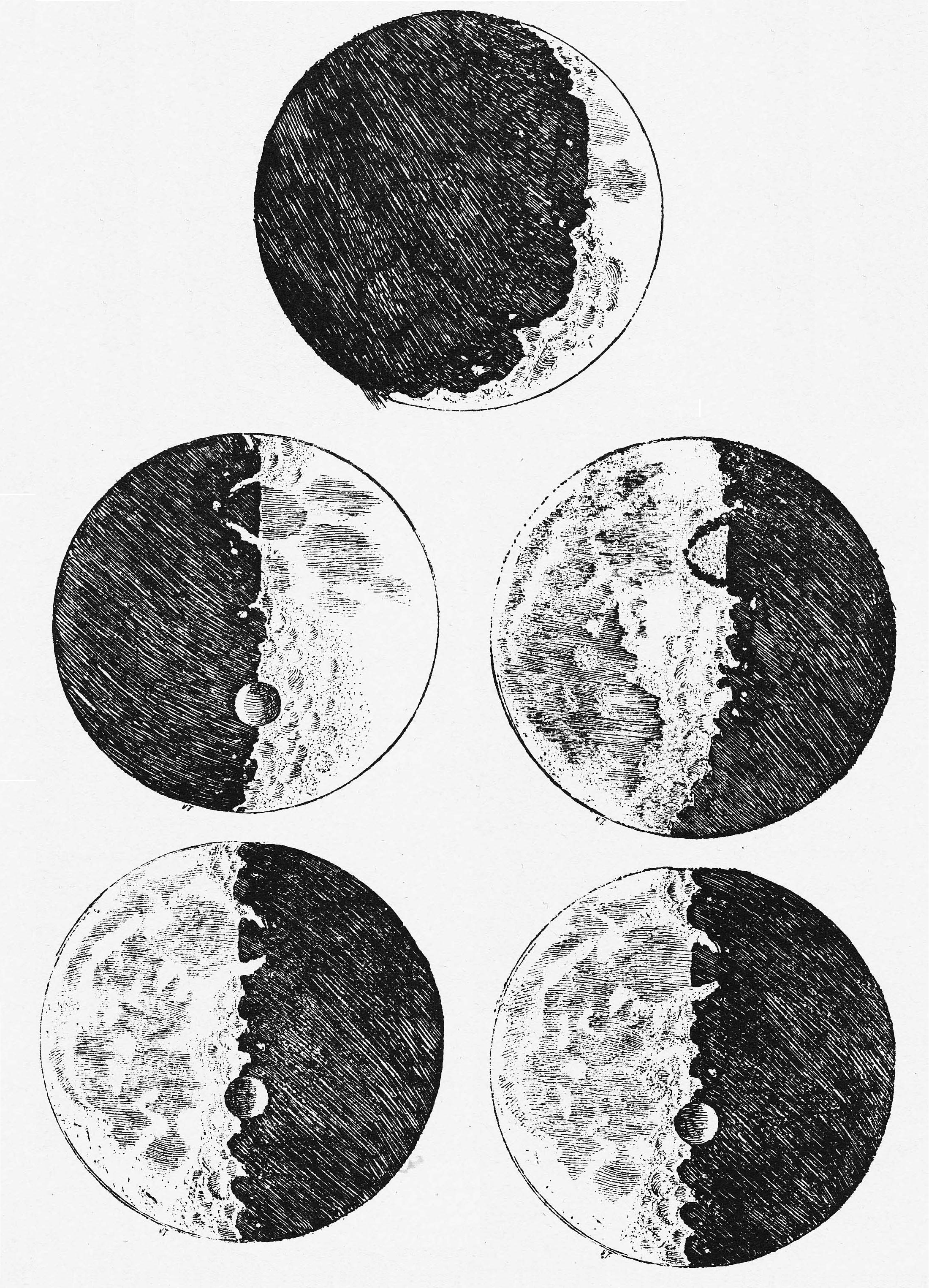|
Starry Messenger
''Sidereus Nuncius'' (usually ''Sidereal Messenger'', also ''Starry Messenger'' or ''Sidereal Message'') is a short astronomical treatise (or ''pamphlet'') published in New Latin by Galileo Galilei on March 13, 1610. It was the first published scientific work based on observations made through a telescope, and it contains the results of Galileo's early observations of the imperfect and mountainous Moon, the hundreds of stars that were unable to be seen in either the Milky Way or certain constellations with the naked eye, and the Medicean Stars (later Galilean moons) that appeared to be circling Jupiter.Raphael, Renée. ''Sidereus nuncius; or, A Sidereal Message, by Galileo Galilei''. Isis, Vol. 101, No. 3 (September 2010), pp. 644-645. Published by: The University of Chicago Press on behalf of The History of Science Society. The Latin word ''nuncius'' was typically used during this time period to denote ''messenger''; however, it was also (though less frequently) rendered as '' ... [...More Info...] [...Related Items...] OR: [Wikipedia] [Google] [Baidu] |
Galileo Galilei
Galileo di Vincenzo Bonaiuti de' Galilei (15 February 1564 – 8 January 1642) was an Italian astronomer, physicist and engineer, sometimes described as a polymath. Commonly referred to as Galileo, his name was pronounced (, ). He was born in the city of Pisa, then part of the Duchy of Florence. Galileo has been called the "father" of observational astronomy, modern physics, the scientific method, and modern science. Galileo studied speed and velocity, gravity and free fall, the principle of relativity, inertia, projectile motion and also worked in applied science and technology, describing the properties of pendulums and " hydrostatic balances". He invented the thermoscope and various military compasses, and used the telescope for scientific observations of celestial objects. His contributions to observational astronomy include telescopic confirmation of the phases of Venus, observation of the four largest satellites of Jupiter, observation of Saturn's rin ... [...More Info...] [...Related Items...] OR: [Wikipedia] [Google] [Baidu] |
